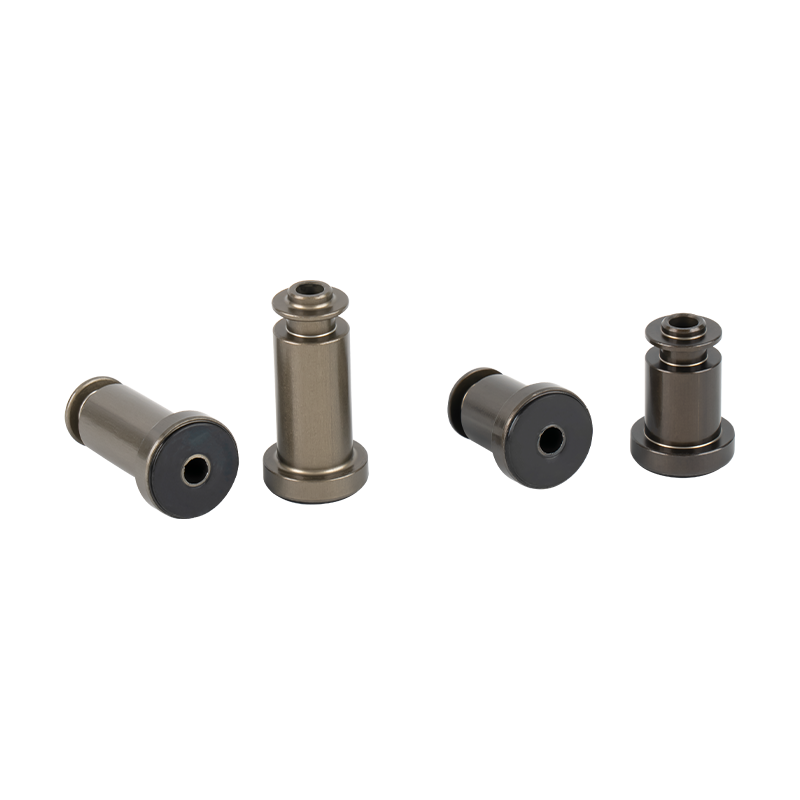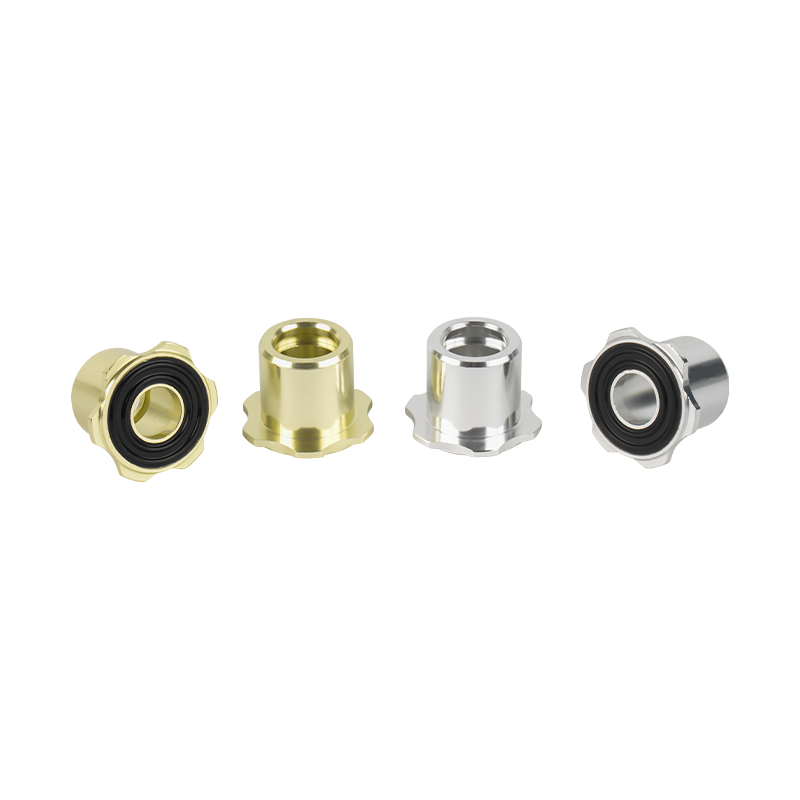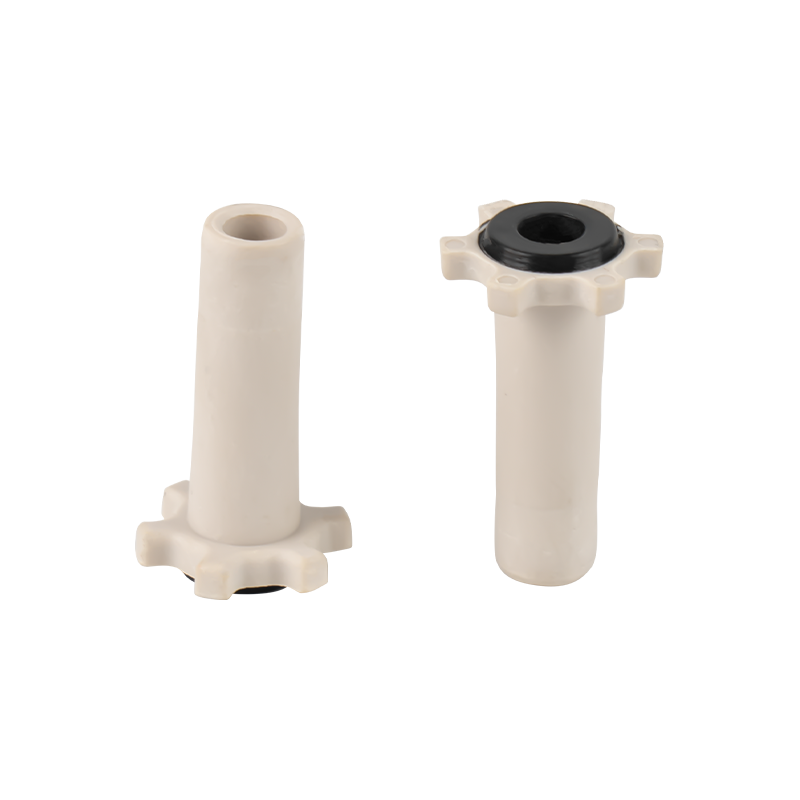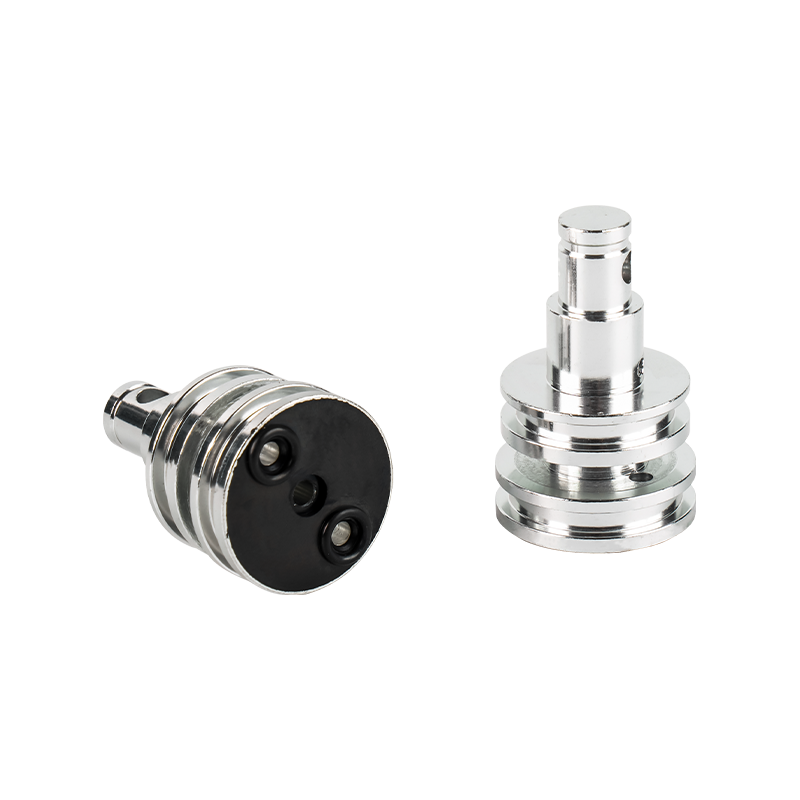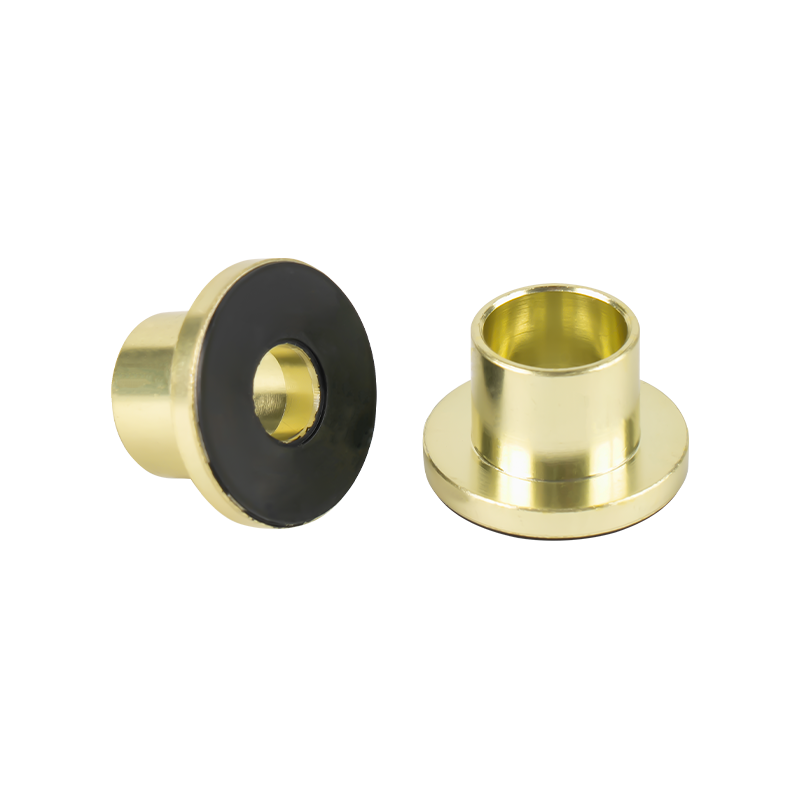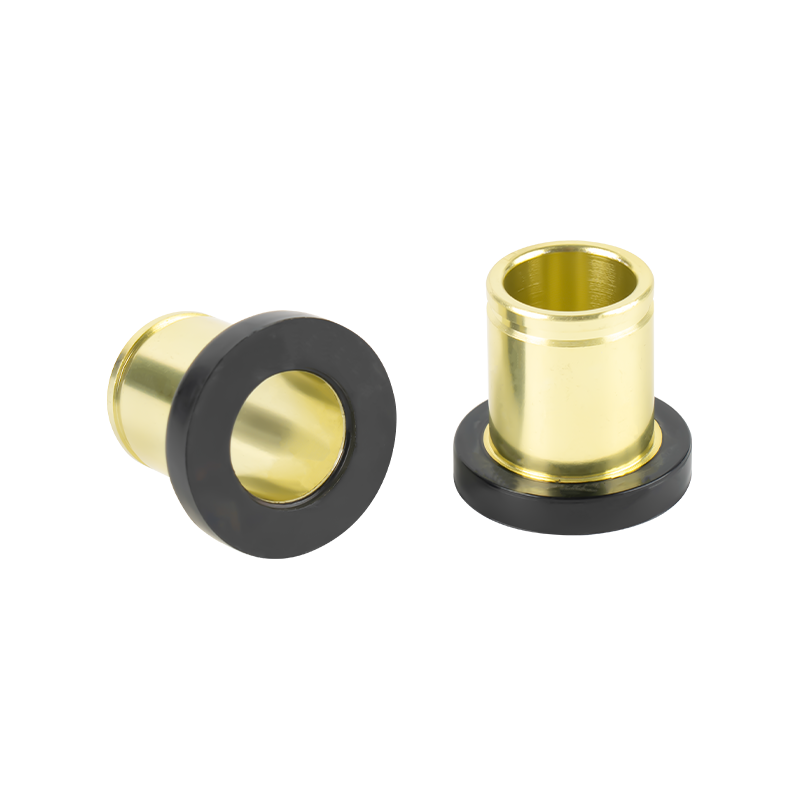What Are the Key Factors in Choosing the Right Rubber Parts for Your Machinery?
2025-09-12
How Does the Operating Temperature Range Affect the Selection of Rubber Parts?
The operating temperature range of the machinery is a critical factor in rubber part selection, as rubber materials have distinct temperature limits that directly impact their performance and lifespan. Different rubber compounds exhibit varying resistance to heat and cold. For example, nitrile rubber (NBR) is commonly used in machinery operating at temperatures between -40°C and 120°C. It maintains its flexibility and sealing properties within this range, making it suitable for applications like hydraulic seals in construction equipment or fuel system hoses in automotive machinery. However, if the machinery operates at temperatures exceeding 120°C (such as in industrial ovens or high - temperature pumps), NBR will begin to harden, crack, or lose elasticity—leading to seal failure and potential machinery breakdown.
In high - temperature environments (above 150°C), silicone rubber (VMQ) is a better choice. Silicone rubber can withstand temperatures up to 230°C (and even higher for short periods) without degrading. It is often used in machinery like steam valves, food processing equipment (where high temperatures are used for sterilization), and engine gaskets in heavy - duty trucks. Silicone rubber also retains its flexibility at low temperatures (down to -60°C), making it versatile for machinery that operates in both hot and cold conditions, such as outdoor generators that experience winter cold and summer heat.
For extremely low - temperature applications (below -40°C), such as refrigeration units or Arctic - operating machinery, fluorosilicone rubber (FVMQ) or ethylene propylene diene monomer (EPDM) with low - temperature modifiers are preferred. Fluorosilicone rubber can remain flexible at temperatures as low as -62°C, making it suitable for seals in cryogenic equipment. EPDM, when modified with special additives, can withstand temperatures down to -50°C and is often used in HVAC systems for cold storage facilities. Choosing a rubber material that cannot handle the machinery's temperature range will result in premature wear, reduced performance, and frequent replacement—increasing maintenance costs and downtime.
What Role Does Chemical Compatibility Play in Choosing Rubber Parts?
Chemical compatibility is another vital factor, as rubber parts often come into contact with oils, solvents, fuels, lubricants, or corrosive substances in machinery. Different rubber materials react differently to these chemicals; some are resistant, while others degrade rapidly. Nitrile rubber (NBR), for instance, has excellent resistance to mineral oils, gasoline, and diesel fuel. This makes it ideal for rubber parts in automotive fuel lines, hydraulic systems that use mineral - based oils, and oil - sealed bearings in industrial machinery. However, NBR is not resistant to strong solvents like acetone or toluene—exposure to these chemicals will cause the rubber to swell, soften, and lose its sealing ability.
For applications involving harsh chemicals, fluorocarbon rubber (FKM, also known as Viton®) is a top choice. FKM exhibits exceptional resistance to a wide range of chemicals, including strong acids (such as sulfuric acid), alkalis (like sodium hydroxide), solvents (acetone, toluene), and halogenated hydrocarbons. It is commonly used in chemical processing machinery, oil refinery equipment, and aerospace systems where exposure to aggressive substances is common. For example, FKM seals are used in pumps that transfer corrosive chemicals, as they can withstand long - term contact without degrading.
Ethylene propylene diene monomer (EPDM) is highly resistant to water, steam, and aqueous solutions (such as detergents or dilute acids). This makes it suitable for rubber parts in washing machines, water pumps, and HVAC systems that handle water or moisture. EPDM is also resistant to ozone and weathering, so it is often used in outdoor machinery parts like gaskets for outdoor generators or seals for irrigation equipment. However, EPDM has poor resistance to mineral oils and fuels—using EPDM in a fuel system would lead to rapid deterioration of the rubber part.
How Do Mechanical Stress and Pressure Requirements Influence Rubber Part Selection?
Mechanical stress (such as compression, tension, or friction) and pressure requirements directly determine the durability and performance of rubber parts. Different rubber materials have varying tensile strength, compression set resistance, and abrasion resistance—properties that are critical for withstanding mechanical stress. For example, in applications involving high compression (such as O - rings in hydraulic cylinders), rubber with low compression set is essential. Compression set refers to the ability of a rubber part to return to its original shape after being compressed for an extended period. Nitrile rubber (NBR) has good compression set resistance, making it suitable for O - rings that are constantly under pressure. If a rubber with high compression set (like some low - grade natural rubber) is used, the O - ring will permanently deform over time, leading to leaks.
For parts subject to high tensile stress (such as conveyor belt rubber or rubber hoses that are stretched during use), natural rubber (NR) or styrene - butadiene rubber (SBR) is often used. Natural rubber has excellent tensile strength and elasticity, allowing it to withstand repeated stretching without breaking. It is commonly used in conveyor belts for mining or manufacturing, where the rubber is under constant tension as it moves heavy loads. SBR, a synthetic alternative to natural rubber, also has good tensile strength and is more cost - effective, making it suitable for less demanding tensile applications like rubber gaskets in light machinery.
Abrasion resistance is crucial for rubber parts that come into contact with rough surfaces or moving components. For example, rubber bushings in suspension systems (which reduce vibration between metal parts) are exposed to friction and abrasion. Chloroprene rubber (CR, also known as Neoprene®) has excellent abrasion resistance and is often used for these bushings. It can withstand repeated contact with metal surfaces without wearing down quickly. In high - pressure applications, such as hydraulic hoses that carry fluid at pressures above 3000 psi, rubber materials with high burst strength are required. Fluorocarbon rubber (FKM) and high - grade nitrile rubber (with reinforcement layers) have high burst strength, making them suitable for these high - pressure hoses. Using a rubber with insufficient burst strength would result in hose failure, leading to fluid leaks and potential safety hazards.

 English
English русский
русский 中文简体
中文简体


